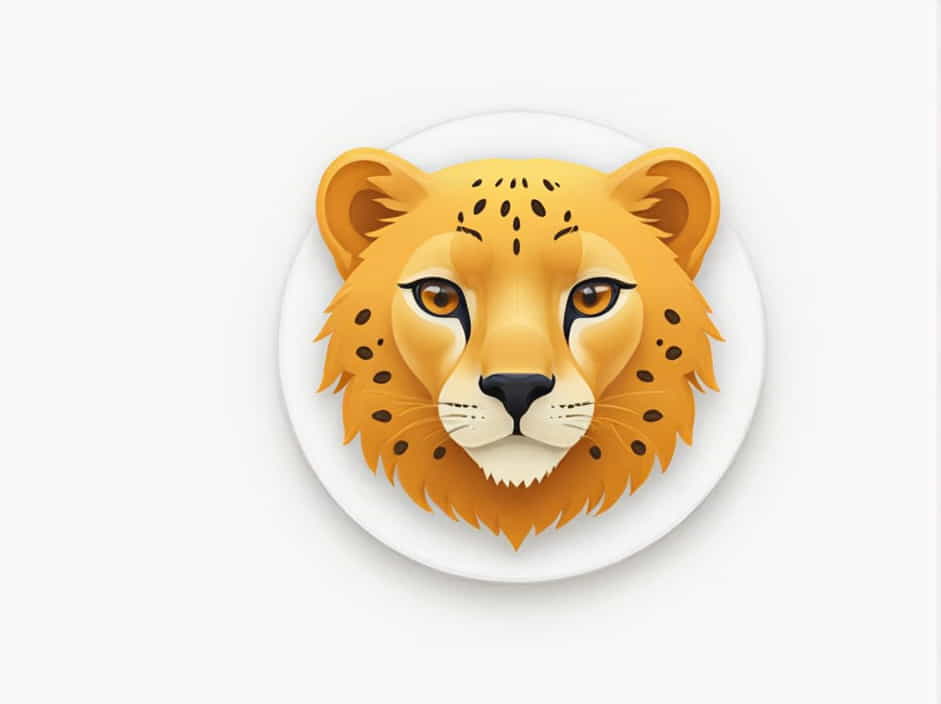The cheetah (Acinonyx jubatus) is the fastest land animal, capable of reaching incredible speeds in just a few seconds. With its lightweight body, long legs, and powerful muscles, this big cat is built for speed. But how fast can a cheetah really run? Let’s explore its top speed, the mechanics behind its sprint, and how it compares to other fast animals.
1. How Fast Can a Cheetah Run?
Cheetahs can reach speeds of up to 75 mph (120 km/h), but this is rare. More commonly, they sprint at speeds between 50-60 mph (80-97 km/h).
1.1. How Long Can a Cheetah Maintain Its Speed?
- A cheetah can sustain its top speed for only 20-30 seconds.
- It covers about 1,500 feet (450 meters) in one sprint.
- After a sprint, a cheetah needs to rest for 30 minutes to an hour before hunting again.
1.2. Acceleration: Faster Than a Sports Car
Cheetahs are not just fast—they are also incredibly quick.
- They can accelerate from 0 to 60 mph (0 to 97 km/h) in just 3 seconds.
- This is faster than most sports cars like Ferraris or Lamborghinis.
- Their lightweight frame and flexible spine allow explosive acceleration.
2. How Do Cheetahs Achieve Such High Speeds?
Cheetahs are built for speed in several ways.
2.1. Body Structure
- Long, slender body: Reduces air resistance.
- Lightweight bones: Help in quick acceleration.
- Long legs: Cover more ground with each stride.
- Large nasal passages: Allow more oxygen intake.
2.2. Unique Running Mechanics
- Flexible spine: Acts like a spring, helping with long strides.
- Non-retractable claws: Provide extra grip, like cleats on a runner’s shoes.
- Long tail: Helps with balance and sharp turns.
- Large heart and lungs: Deliver oxygen quickly for bursts of energy.
3. How Does a Cheetah’s Speed Compare to Other Animals?
Many animals are fast, but none can match a cheetah’s sprint.
3.1. Cheetah vs. Other Land Animals
| Animal | Top Speed |
|---|---|
| Cheetah | 75 mph (120 km/h) |
| Pronghorn Antelope | 55 mph (88 km/h) |
| Lion | 50 mph (80 km/h) |
| Horse | 55 mph (88 km/h) |
| Greyhound | 45 mph (72 km/h) |
Cheetahs are the fastest over short distances, while pronghorns have better endurance.
3.2. Cheetah vs. Birds and Marine Animals
- The Peregrine Falcon is the fastest bird, diving at over 240 mph (386 km/h).
- The Sailfish is the fastest fish, reaching 68 mph (110 km/h) in water.
4. How Do Cheetahs Use Their Speed in Hunting?
Cheetahs rely on their speed to catch prey, but they don’t just run blindly.
4.1. Stalking Before Sprinting
- Cheetahs creep close to their prey before sprinting.
- They often get within 100 feet (30 meters) before attacking.
4.2. The Chase Strategy
- The chase lasts 20-30 seconds.
- They target gazelles, impalas, and hares—fast but smaller prey.
- Sharp turns help them outmaneuver prey.
4.3. After the Hunt
- Cheetahs get exhausted quickly and need to rest before eating.
- Other predators, like lions or hyenas, sometimes steal their kills.
5. Can a Human Outrun a Cheetah?
No, humans are far slower than cheetahs.
- The fastest human, Usain Bolt, reached 27.8 mph (44.7 km/h).
- A cheetah is nearly three times faster than the fastest sprinter.
6. The Future of Cheetahs and Their Speed
Despite their speed, cheetahs face survival challenges.
6.1. Habitat Loss
- Cheetahs need large open spaces to hunt effectively.
- Human expansion reduces their hunting grounds.
6.2. Poaching and Conflict
- Some are hunted for their skins.
- Farmers may kill them to protect livestock.
6.3. Conservation Efforts
- Wildlife reserves help protect cheetahs.
- Breeding programs maintain genetic diversity.
7. Conclusion
The cheetah is the ultimate sprinter of the animal kingdom. With a top speed of 75 mph (120 km/h), it dominates short-distance chases. However, this speed comes with limitations—cheetahs must rest after sprinting and face survival threats in the wild. Protecting these magnificent creatures ensures that future generations can continue to witness their incredible speed in action.
